SC rejects Tamil Nadu’s interim prayer to 50% OBC Quota in TN Medical Seats For 2020-21
- Monday | 26th October, 2020
Not only invent but also patent the inventions for AtmaNirbhar Bharat, says Pokhriyal
- Monday | 19th October, 2020

The struggle for independence has not been easy, and our national flag echoes the valor and glorious history of it. On this 71st Independence Day, know how the Indian flag changed and finally emerged out as the proud symbol of the nation.
On the occasion of 71st Independence Day when Prime Minister Modi unfurled the tri-colored National Flag, every Indian would have felt elated standing tall and reciting the National Anthem. The National Flag is one of the most respected national symbols. In the words of Prime Minister Jawaharlal Nehru, “a flag is not only of freedom for us but a symbol of freedom to all people".
According to the Indian laws, the flag is supposed to be made of khadi. Our Tiranga has a glorious history to it. With NYOOOZ, unfurl the evolution of Tiranga.
1857 Flag
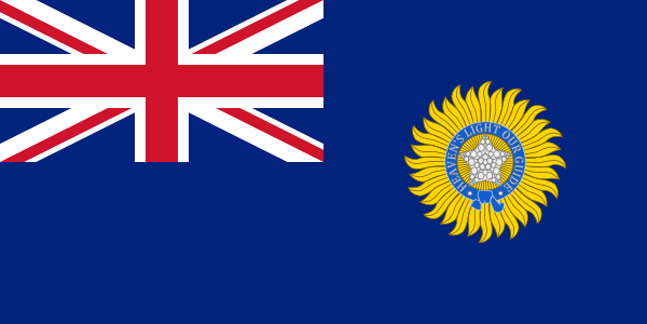
After the revolution of 1857, the first Indian flag was made in the color blue. The design had Union Flag in the upper-left quadrant and a Star of India within the royal crown in the middle of the right half. The flag was a representation of the direct imperial rule in India.
Sister Nivedita`s flag
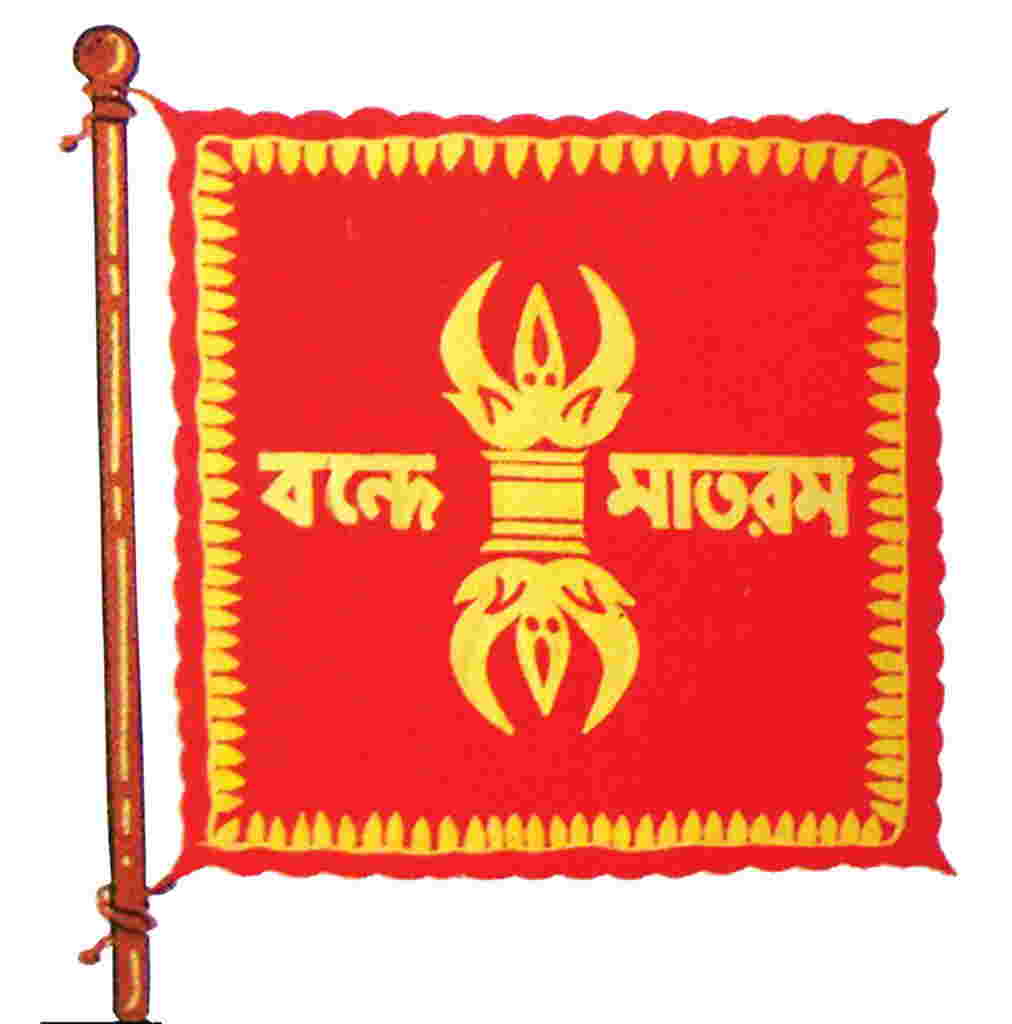
In 1904, new flags came and the flags stood independent of the British rule. The flag showcased vajra, the weapon of God Indra. It also had Vande Matram inscribed on it in Bengali. The colors signified freedom and victory.
The Calcutta flag/ The Lotus Flag
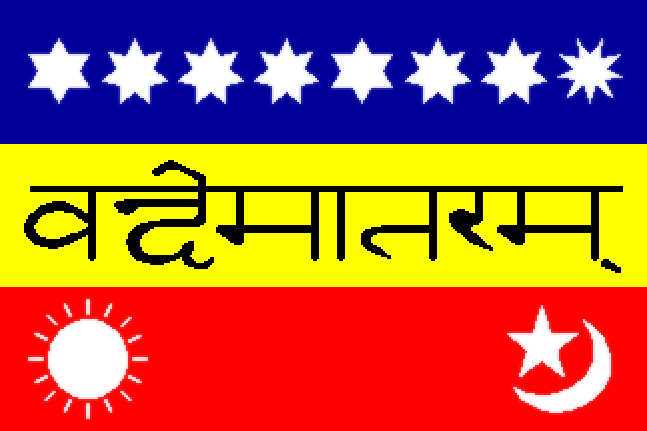
The Calcutta flag introduced the concept of tricolor in India. The flag had three equal strips of blue, yellow and red with eight differently shaped stars across the blue strip. The yellow part had `Vande Mataram` across it and the red part had the symbol of the sun and crescent moon with a star.
The Berlin Committee flag
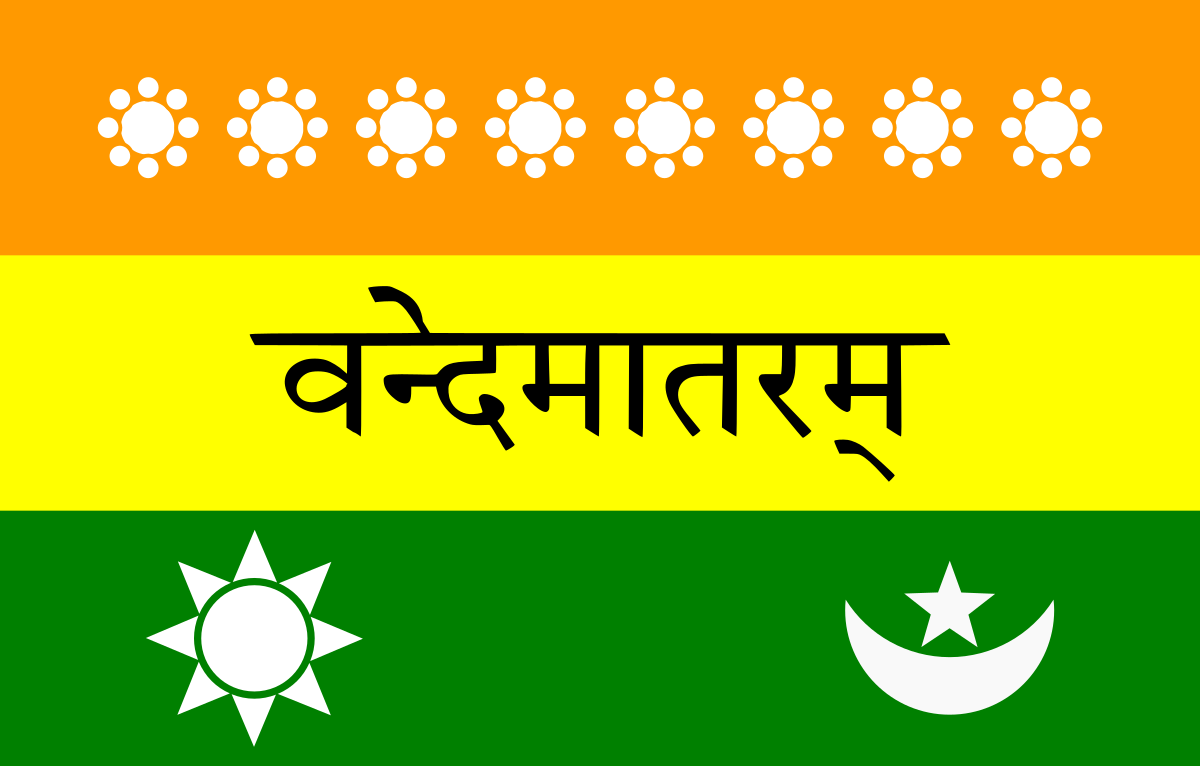
This was the first Indian flag to unfurled on foreign lands. The flag was also a tricolor with strips of orange containing eight lotuses, yellow inscribed with Vande Mataram and green having the symbols of the sun and the moon.
The Home Rule flag
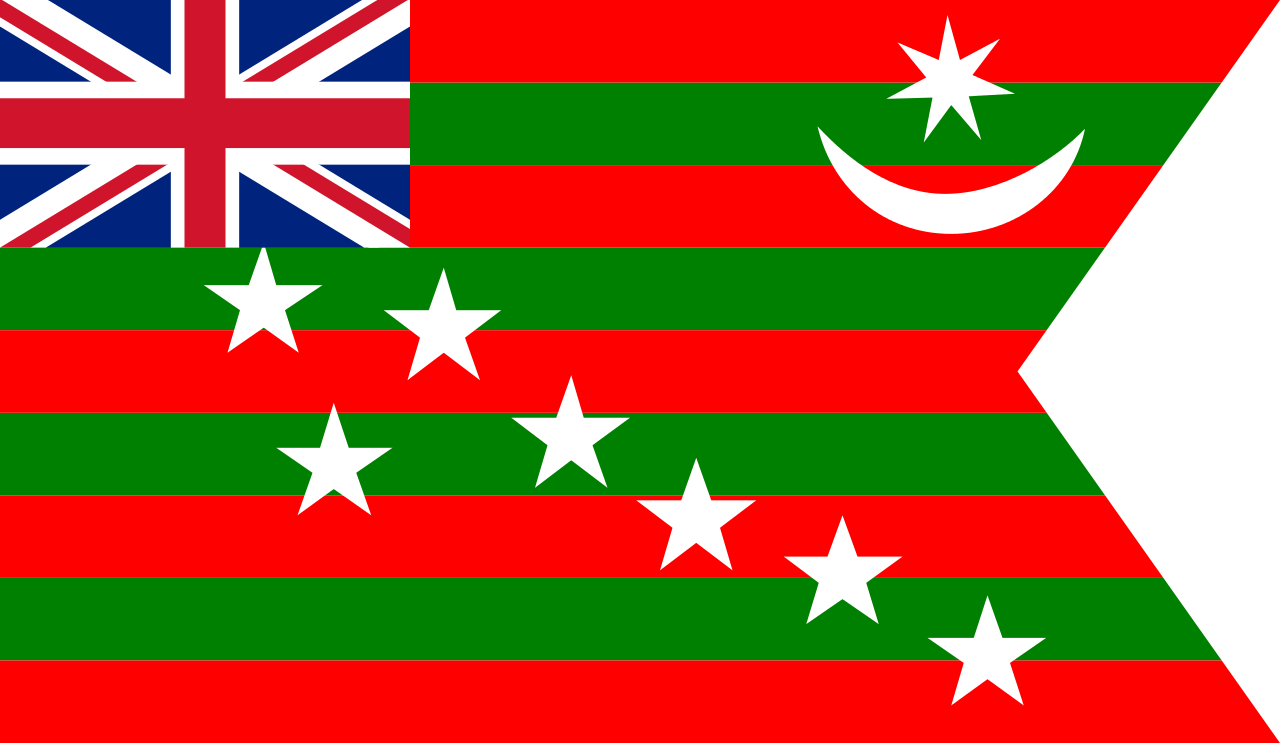
In 1917, Bal Gangadhar Tilak adopted new flag during Home Rule Movement. The flag was adapted to holler out the demand for the status of a Dominion within British Rule. The flag had alternate green and red stripes with union jack at top left and seven stars representing the ‘Saptrishi’ constellation.
The first official flag of India
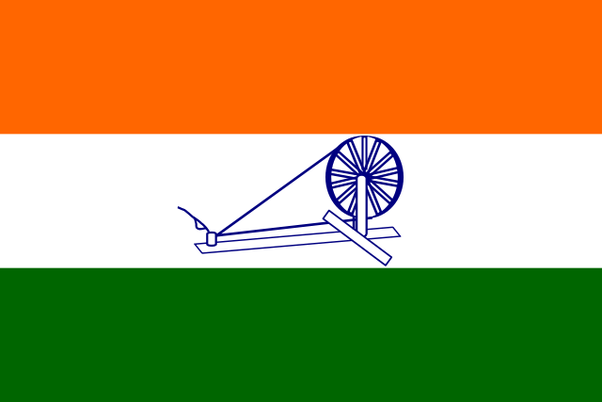
During 1931, the flag was conceptualized with a communal angle. Designed by Pingali Venkayya it had colors of Hindus (saffron), Muslims (green) and white (other religious communities). The Charkha in the center symbolized the Swadeshi Movement of India.
The flag of free India

After the independence of India, little modifications were made in the flag. The meaning of the three colors changed. Saffron denoted courage, white- peace and purity while green represented prosperity. The charkha was replaced by Ashoka Chakra with 24 spokes representing the symbol of Dharma.
The flag may have changed its look, but the patriotic zeal it fills people with, has and will always stay the same. Feel proud and share the story of your tri-colored flag.

Your support to NYOOOZ will help us to continue create and publish news for and from smaller cities, which also need equal voice as much as citizens living in bigger cities have through mainstream media organizations.
